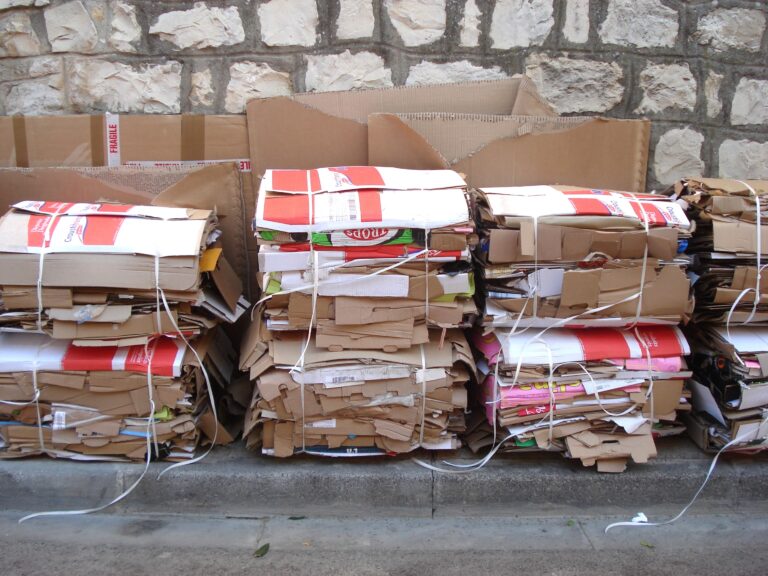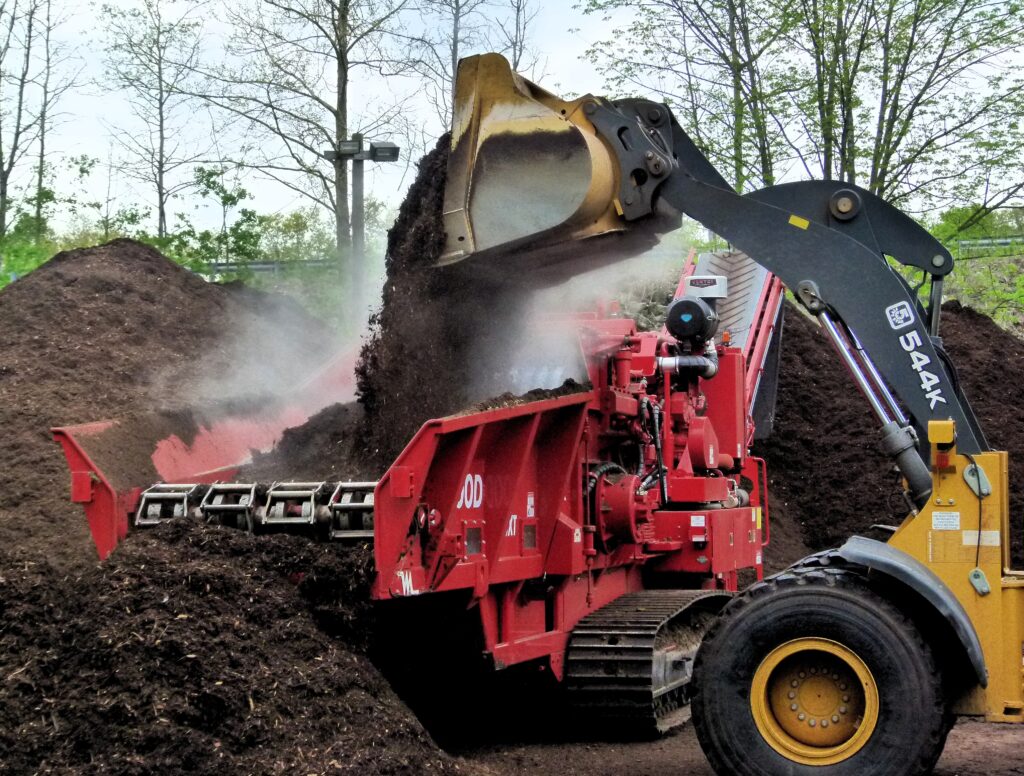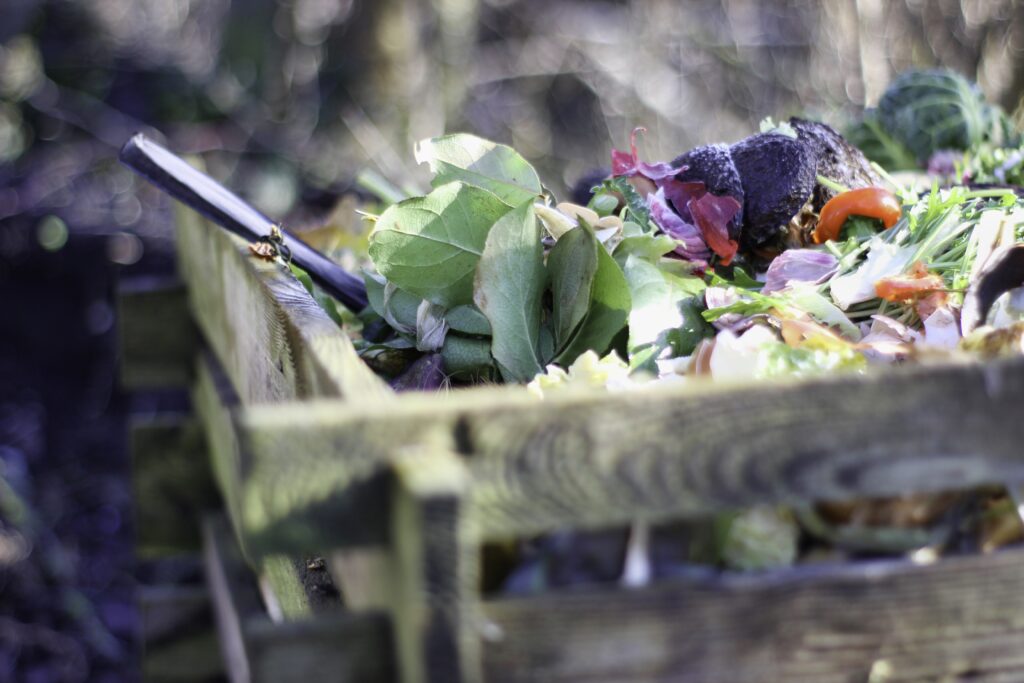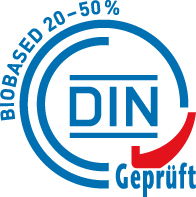
One of the main objectives of product stewardship regulations is to give manufacturers incentives to take into account the environmental impact of the products from their designing and manufacture, over their entire lifecycle and especially when they are subsequently disposed of.
It is important to understand the differences in the terminology: Not everything that is recyclable is, at the same time, compostable. Let’s bring a little clarity into the jungle of terminology:
Recyclable adhesives
It is not the adhesive itself that should be recycled, but rather it should not adversely affect the recycling process. If the defined size (1.6 x 1.6 mm), film thickness (120 µm) and softening point (> 68 °C) are adhered to, every hot-melt adhesive can be classified as compatible with recycling.
Biodegradable – the breakdown of a substance by means of biological activity
A substance is biodegradable when it can be decomposed by microorganisms such as bacteria. It is not specified that the substance has to be degraded within a certain period of time! The degree of biodegradability of a plastic object depends not only on the special plastic formulation, but also on the surface-volume ratio of the products, e.g. the material thickness.
Compostable
“Compostable” is a standardised term and means that microorganisms can decompose the plastic in composting plants and thus in a human-controlled process within a short period of time.
Industrial composting plant:
At approximately 60 °C, decomposed up to 90 % within 12 weeks… This means: After 12 weeks of composting, no more than 10 % residues, based on the original mass, must remain in a 2-mm sieve.
Garden compost:
Decomposition within 12 months at approx. 30 °C.

12 weeks in the industrial composting plant

12 weeks in garden compost
Bio-based – originating from biomass
 The term “bio-based plastic” is not protected, so there is no statutory minimum proportion required for the use of the term.
The term “bio-based plastic” is not protected, so there is no statutory minimum proportion required for the use of the term.
However, there are two different voluntary certification systems, in which different logos are awarded depending on the number of carbon atoms in the product that are of biological origin. Certification can be requested, inter alia, from the DIN CERTCO institute.
The DIN CERTCO certification distinguishes between three quality levels (20–50 %, 50–85 % and >85%), each of which has its own logo on which the level is also indicated.
It is checked, for example, that the hot-melt adhesive contains a certain proportion of renewable raw materials. A renewable raw material is a raw material that is created at the same rate as it is consumed. The proportion is shown as a percentage.
The ISO 16620-2:2019 regulates the determination of the bio-based carbon content of plastic products, polymers and additives.
Bio-based plastics can be biodegradable, but often they are not. Conversely, biodegradable plastics are not necessarily also bio-based.
